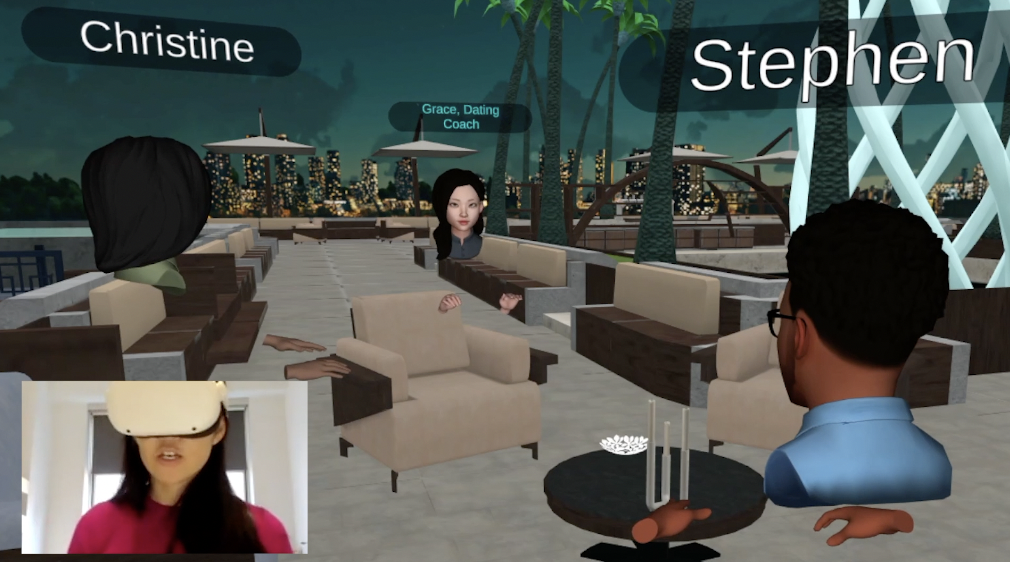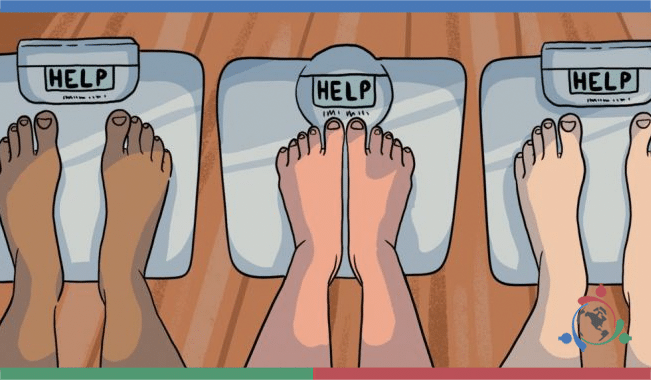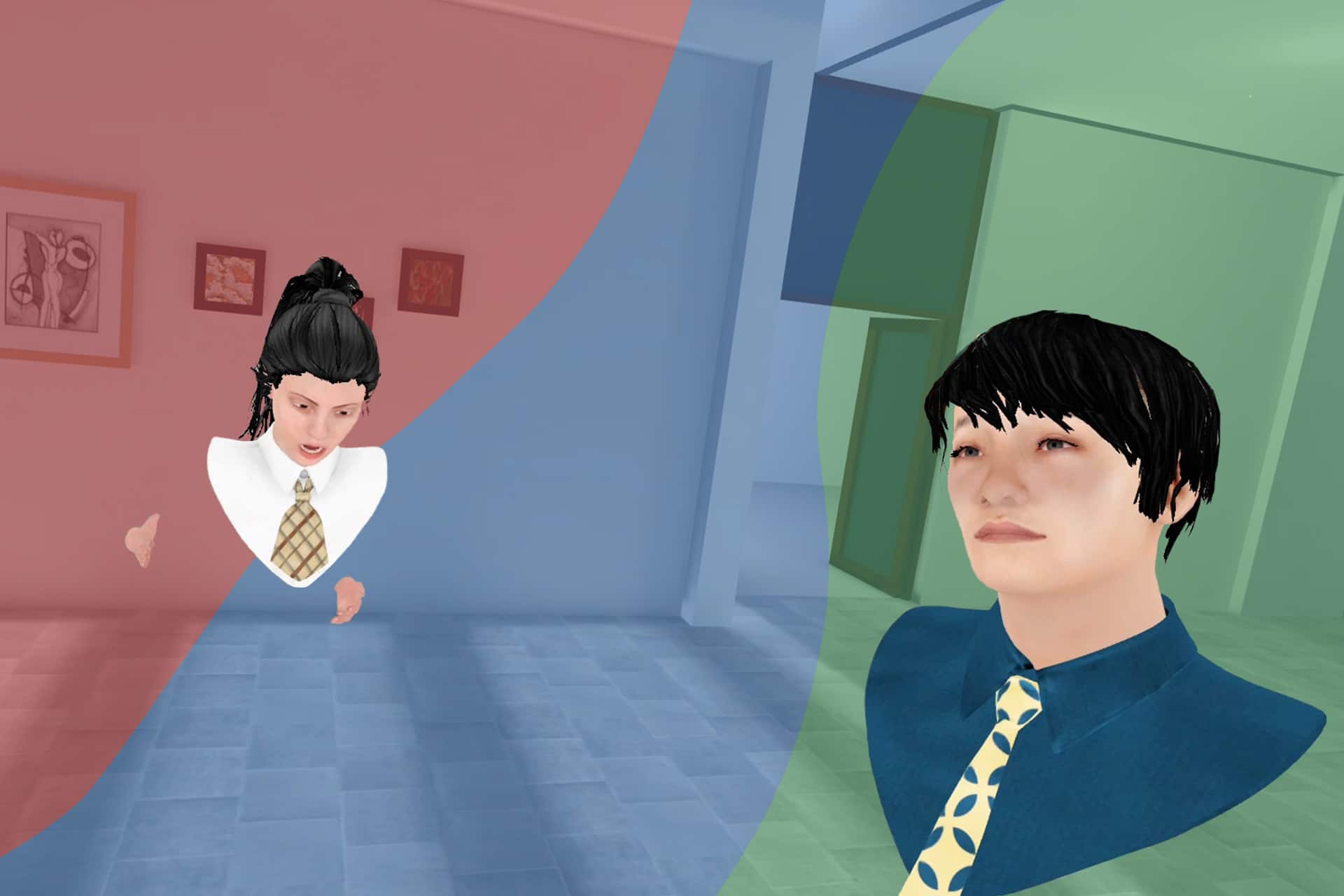According to a Harvard Health, mindfulness is “a key element in stress reduction and overall happiness” and is known to “help relieve stress, treat heart disease, lower blood pressure, reduce chronic pain, improve sleep, and alleviate gastrointestinal difficulties.”
Despite its benefits, however, mindfulness training can be intimidating to non-practitioners and particularly difficult for remote participants. This has lead researchers to investigate how Virtual Reality (VR) can be used to lower the barriers and increase the efficacy of meditation practice for a variety of purposes and populations. Below are four recent examples.
To Increase Positive Emotion in the General Population
A recent study out of Melbourne, Australia is one of several that points to VR as a viable option for improving mental health and mindfulness. Mindfulness is a great way to improve mental health, however, under normal circumstances, is a difficult habit to adopt due to environmental and personal distractions. Virtual Reality (VR) directly addresses these challenges “by providing an immersive environment for practicing mindfulness and by supporting the user to orient attention to the present moment within a tailored virtual setting.” A group of 37 participants were recruited to trial a VR mindfulness app in which users were presented with 360 video of a “peaceful forest environment with a guided mindfulness voiceover.” Researchers analyzed participant scores on the State Mindfulness Scale, Simulator Sickness Questionnaire, arousal, and positive or negative emotion before and after users participated in the simulation. Although there were initial concerns about simulator sickness and negative emotion, neither of these variables produced any notable changes following the simulation. However, state mindfulness and positive emotion significantly increased, participants reporting that “the use of VR helped them to focus on the present moment by using visual and auditory elements of VR as attentional anchors.” The spatial presence of virtual environments allowed participants to practice mindfulness and meditation, positively affecting their mental health and well-being.
To Reduce Stress In the Workplace
A study out of England analyzed workplace stress specifically in the National Health Service (NHS) and tested the effectiveness of Virtual Reality in decreasing levels of stress and promoting overall well being. “Work-related stress, defined as ‘a harmful reaction that people have to undue pressures and demands placed on them at work’ is one of the most important emerging risks in occupational management and health.” This stress is threatening not only the quality of services provided, but the sustainability of vital healthcare systems and corporations around the world. Researchers provided a 10-minute VR relaxation experience to 39 trauma staff working in a fast-paced environment. Following the session, participants “reported significantly increased feelings of happiness and relaxation, and significantly decreased feelings of sadness, anger, and anxiety.” Furthermore, patients experienced a significant reduction in heart rate and yielded high acceptability ratings. Ultimately, the study found that VR relaxation sessions were beneficial to the health and well-being of healthcare workers, and many were excited at the opportunity to implement it into their everyday lives.
To Help Treat Opioid Addiction
VR mindfulness and relaxation are also being implemented in the midst of the opioid epidemic. This epidemic is an ever-so-present problem in our society, and the key to preventing further damage is by exploring viable alternatives to pain relief. According to The Gate Theory of Pain proposed by Melzack and Wall in 1965, “a person may interpret pain stimuli differently depending upon mental/emotional factors such as attention paid to the pain, emotions associated with the pain, and past experience of the pain.” Believe it or not, we can essentially “distract” our way out of pain. Virtual Reality addresses two of Melzack and Wall’s points – attention and emotional state. Through VR technology, patients can escape to an alternate reality, sending positive signals to their brain and subsequently lessening the pain they are experiencing. This technology dates back to 1996, when the Harborview Burn Center “successfully piloted the use of VR for burn patients with severe acute pain,” which inspired other providers to make VR technology accessible to patients experiencing acute pain. Recent studies have shown promising results for relieving chronic pain as well, patients reporting high levels of satisfaction and a significant reduction in overall pain. Although VR cannot fully take the place of opioids, it can definitely be used as an alternative for certain candidates, considering their level of pain and potential risk factors.
To Act As A Moderator of Psychedelic-Assisted Psychotherapy
Virtual Reality is another promising candidate as a moderator of Psychedelic-Assisted Psychotherapy (PP), a “unique psychopharmacological model that leverages the profound effects of the psychedelic experience.” PP is highly reliant on two key factors – the patient’s mindset and their surrounding environment. Consequently, meditation, relaxation, and visualization are supplemental tools in creating the most effective environment for this therapy. Virtual Reality is a promising candidate to provide these tools, given its evidenced capacity to “aid relaxation and reduce anxiety; buffer from external stimuli; promote a mindful presence; train the mind to achieve altered states of consciousness (ASC); evoke mystical states; enhance therapeutic alliance and encourage self-efficacy.” Because there was little empirical evidence on the joint application of VR technology in Psychedelic-Assisted Psychotherapy, researchers aimed to gather evidence on the ability to achieve a deeper sense of consciousness in a virtual environment.
They found 7 different ways that VR can be used to support psychedelic treatments:
1. Mitigate psychological side effects through enhancing the state of relaxation,
2. Help participants sustain their focus on intention by removing familiar cues that keep them tethered to their external world,
3. Encourage entering the inner world of experience by inducing a mindful presence,
4. Deepen the intensity of acute psychological and emotional states via simultaneous targeting of ME-evoking pathways,
5. Prime the capacity to achieve an altered states of consciousness (ASC) through familiarization and comfort with the ASC experience,
6. Enhance and maintain a hierarchy-free therapeutic alliance that is consistent throughout treatment,
7. Strengthen resilience and a sense of agency around facing challenging experiences.
It is also important to note the comfort and safety of the environments that VR provides, allowing patients to temporarily distract themselves from the emotionally taxing process of overcoming and treating PTSD or related disorders. Researchers ultimately recommend that VR be introduced into PP, as long as it is “developed in accordance with a robust protocol…and accompanied by thorough training of any practitioners involved in therapy.” Virtual Reality has the ability to transform the future of psychedelic treatments, as long as appropriate precautions are taken to not introduce disturbing or traumatic triggers or distract from the inner narrative.
The Foretell Reality platform provides safe VR environments to support various mental health treatment protocols including those that incorporate mindfulness training and relaxation experiences as part of the protocol. To learn more about our platform, please reach out to us for a demo.













Recent Comments